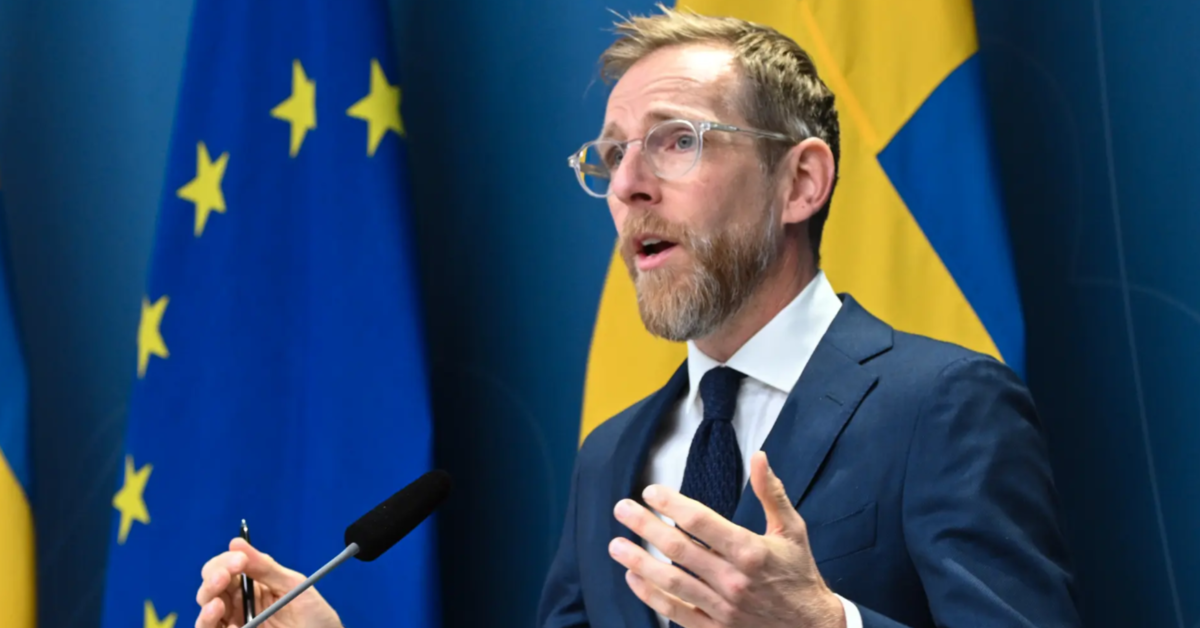South Korea 2024 Post-Election Analysis
At a Glance
- South Korea President Yoon Suk-yeol’s conservative People Power Party was dealt a trouncing in legislative elections on April 10—reflecting huge public discontent with his administration’s performance and personal scandals.
- Campaigning on a theme of “judgement” upon Yoon’s performance, the opposition liberal Democratic Party managed to sustain its current legislative majority in the National Assembly. With a liberal bloc controlling the legislative branch, Yoon is widely seen as a lame duck until he leaves office in 2027.
- With the executive branch and legislature controlled by the two opposing parties and with rising public dissatisfaction toward partisanship, both parties will likely have to seek broader compromise on policy agenda over the next three years.
Democratic Party maintains its legislative majority
South Korea saw more than 29.6 million voters swarming polling booths until 6pm on April 10 for the 22nd General Elections, with a 32-year record high turnout of 67% since the 14th General Elections in 1992. By early morning of April 11, the opposition Democratic Party of Korea (DP) and its satellite party, the Democratic Alliance of Korea, secured resounding victories and are set to win 175 out of 300 lawmaker seats at the National Assembly. The DP saw some marginal losses from its 2020 record high of 180 seats across its allied blocs but, remarkably, it succeeded in securing continued dominance of the National Assembly and its ongoing place as a thorn in Yoon’s side.
The ruling People Power Party (PPP) and its satellite party came second with 108 seats—just enough to deny a cross-opposition coalition a potential 200-seat supermajority that could have dealt a severe blow to President Yoon Suk-yeol’s policy agenda.
Voter turnout was expectedly high with broad public discontent against the Yoon administration and his ruling PPP. With three-years left and a deepened stalemate with the opposition-controlled National Assembly, Yoon’s remaining time in office is likely to become a lame duck term.

Bleak mid-term evaluations for Yoon
Yoon’s administration has been plagued by scandal from its very beginning. This ranges from policy missteps to bribery scandals around Yoon’s wife, family, ministerial cabinet, and close associates. Yoon’s 2022 campaign platform as a crusader of justice against the scandal-prone Korean political establishment hence now rings hollow across a cynical Korean public. His administration is also managing the fallout of a long-running medical reform saga where some 12,000 junior doctors have been on strike nationwide since February over plans to expand medical school admissions. By the end of March this year, Yoon’s disapproval ratings surpassed 60%. These ominous ratings held true in last Thursday’s General Elections results.
However, Yoon and his PPP are not the only victims of rising partisanship and gridlock in Korea’s politics. Approval ratings for the opposition DP have also withered over voter discontent with its perceived role in the gridlock as the majority party. Nevertheless, the DP has mostly kept up its commanding margins with some losses, a remarkable feat for its record-breaking majority that it had enjoyed for the last four years.
The two-party system is here to stay
The 22nd General Elections has seen a broad emergence of rival third parties led by defecting political heavyweights, including former party leaders, ministers, and lawmakers. The popularity and momentum of these small parties had for a moment suggested an end to the revolving two-party system that has dominated Korean politics since the 1980s democratization.
Nevertheless, only one small party—the Rebuilding Korea Party—has secured a sizable enough faction within the National Assembly. Headed by Cho Kuk, a former Justice Minister under the Moon Jae-in administration, the party garnered 12 seats to rise as the third-largest party in the National Assembly. This poses a potential threat to Yoon, given the Rebuilding Korea Party’s punitive campaign platform on judicial investigations into the Yoon administration and the ruling party—a political push aligned with Yoon’s main opposition DP.
The continued sheer dominance of both the PPP and DP will thus see the continuation of the two-party system and its centrifugal fight over policy directions and budgets.
Yoon’s lame duck era begins
While Yoon and his PPP still retain control of the executive branch, the National Assembly controlled by a liberal bloc presents a near insurmountable obstacle to Yoon’s policy agenda. And as the internal party blame game now swirls around Yoon post-election, his troubles also extend beyond the National Assembly but to fending off upstarts within his ever-fractious PPP. Ahead of the next presidential election in 2027, this mid-term trouncing thus marks a tumultuous three-year slog for Yoon.
Nevertheless, the next three years might mark slight winds of change in the National Assembly. With public discontent over partisanship directed at both parties, the PPP and DP might find ample grounds for compromise. It also bodes well that they at least agree on the general thrust of various policy points.
Climate change and green energy
Both PPP and DP have announced plans to fight climate change through renewable energy transition. But their approaches differ widely. One major point of difference has been nuclear power. Where the PPP has vowed strong support for small modular reactors (SMRs) in addition to the current solar, wind, and hydro energy mix, this has been vocally opposed by the Democrats. Pushing for a Korean version of US President Joe Biden’s Inflation Reduction Act, the DP has instead doubled down on non-nuclear renewal energy, aiming to triple the current share of renewable energy in the energy mix by 2030. This debate is likely to take the center stage in the 22nd National Assembly.
Healthcare and welfare
Reforms to the national health insurance system has been another aggressive priority of the Yoon administration. The system whose coverage was expanded under Yoon’s Democrat predecessor has incurred a heavy fiscal price tag—one which Yoon has been eager to cut since his inauguration. The left-leaning DP has hotly opposed attempts at revamps and has gone further in pushing for expanded national health coverage. Amid a fertility and aging population crisis, the DP sees this as a non-negotiable. With a formidable DP and without a majority in the National Assembly, Yoon’s attempts to reign in healthcare would likely come up short.
The differences between the DP and PPP on healthcare are also evident in the target groups that both are angling for expanded welfare. The DP has pushed for prioritization of eldercare while the PPP has sought child healthcare subsidies to incentivize births.
Market economy and finance
Both parties are keen to boost the key sectors of semiconductors, biohealth, and artificial intelligence. This encompasses an aligned vision of creating regional industrial clusters and enhancing the infrastructural base. Another shared focus is on helping domestic small and medium-sized enterprises (SMEs) internationalize and expand to overseas markets. SMEs in these key sectors should expect deep bipartisan support. Both parties are also keen to boost R&D funding for these sectors, with the DP pledging 5% of the annual state budget.
Separately, the PPP vowed to improve the regulatory sandbox program to allow businesses to find new rooms for growth in the Korean market, and the DP promised to support the launch of new banks specifically serving small businesses. Both parties are also aligned on providing a boost to the cryptocurrency industry, as the PPP is eyeing to postpone the burden of taxation on cryptocurrency investment income and the DP is considering support of launching exchange-traded funds (ETFs) based on cryptocurrencies like Bitcoin.
Additionally, the DP is considering levying taxes on the profit raised from financial investments, a bill on which is expected to be introduced in the early days of the new National Assembly.
While both parties are broadly aligned on the goal of job creation, differences abound in ideology. The left-leaning DP is keen to boost welfarist infrastructure in the job market, while the PPP is keen on financial deregulation to boost investments. This fundamental disagreement might see friction down the line in the weeds of economic policy debate in the National Assembly.
Real estate and transport
Both the PPP and the DP are aligned in their campaign pledges to upgrade the Seoul capital region’s metro system, particularly through expansion of the GTX (Great Train Express) infrastructure project. This would increase commuter accessibility and working conditions for those living outside Korea’s sprawling and expensive capital. The DP has also additionally pledged to dramatically increase the number of housing units to curb real estate prices. This will likely face opposition from a public and political establishment divided on real estate cooling measures.
Foreign policy
Foreign policy is a major area of disagreement—across security relations with the US, China, Japan, and North Korea. The Yoon administration’s aim to strengthen partnerships with Japan and the US will continue to face the same degree of DP opposition, whose voting bloc has largely been anti-Japanese. The opposition DP has also pledged to restructure Korea’s diplomatic relationship with the US, China, Japan, and Russia, heralding greater opposition to Yoon’s diplomatic leadership.
How to navigate the next three years
Expect compromises in bipartisan policy
Continued bipartisan rivalry in Korean politics will yield much uncertainty across policy priorities and trajectories. The PPP’s limited toehold within the National Assembly will jeopardize Yoon’s policy agenda for the next three years. Policy trajectories are also unlikely to abide by any unilateral policy pledges of either party and will instead likely land at a middle ground compromise amid political fatigue from voters and parties.
Global businesses are recommended to keep abreast of key political developments in both branches of government and maintain favorable connections with both parties. Effective public affairs in the Korean market require a deep understanding of both political blocs to navigate politics, personalities, and risks.
This content offers a high-level analysis of current events. It is intended to provide information only, not opinion, and is not representative of any specific EGA work.
Amid Korea’s dynamic business and political environment, global companies benefit from government affairs and business advisory services. A best-in-class advisory firm, EGA is well-embedded in Korea’s political ecosystem while offering regional and global lenses. We provide comprehensive analysis tailored to specific industries to help clients navigate DP and PPP policy implications and partisanship hurdles. For additional information, please reach out to EGA’s APAC team at Richard.Andrew@edelmanEGA.com or Huan.Hwang@edelmanega.com.



